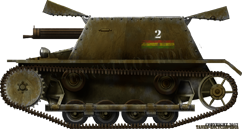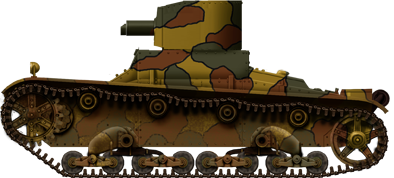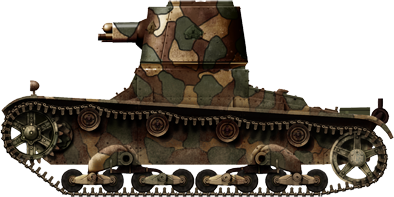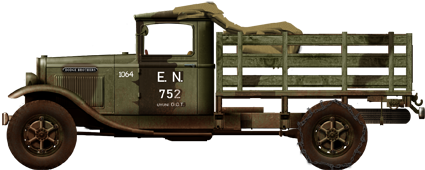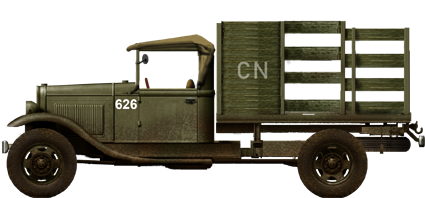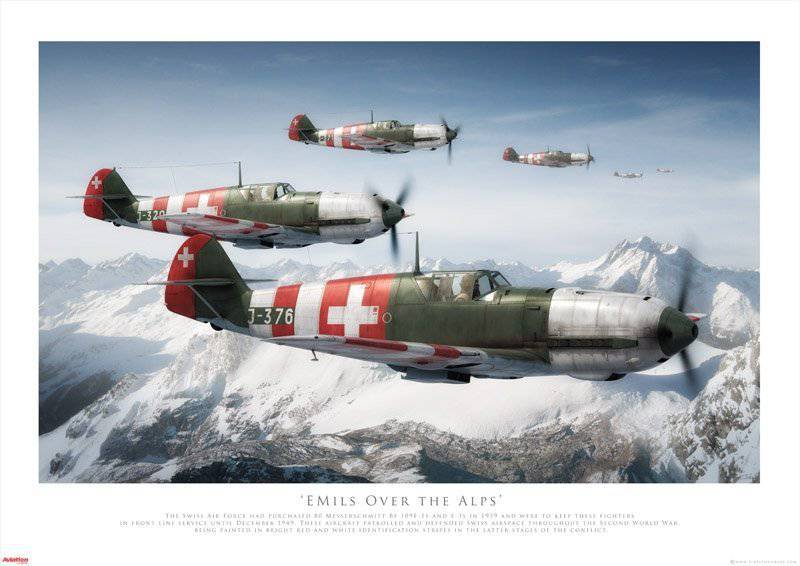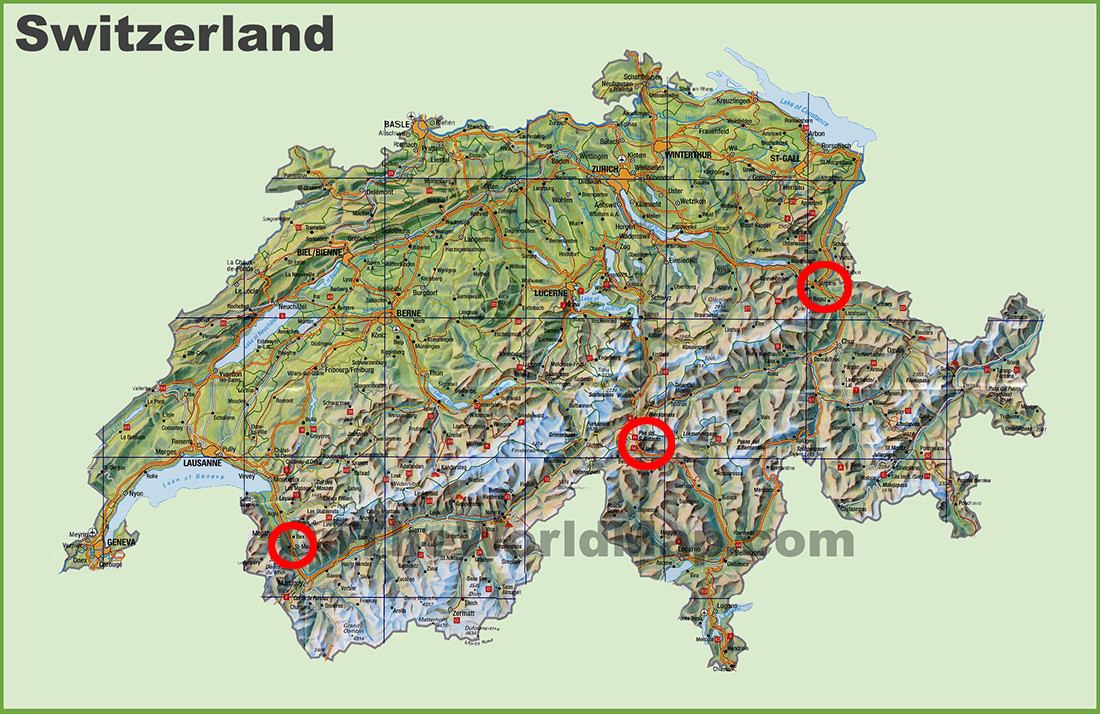grau81 wrote: ↑Sun Jan 16, 2022 11:56 am
How many tanks and naval units did Argentina and Brazil have during WW2?
Brazil
The history of the creation and development of the Brazilian tank forces
The history of the Brazilian Armored Forces began in 1921 with the purchase of 12 Renault FT-17 tanks (7 cannons, 4 machine guns and 1 TSF radio tank). These tanks had a number of improvements proposed by Captain José Pessoa Cavalcanti de Albuquerque. Captain Albuquerque served as a military observer in the French 4th Dragoon Regiment, the Panzer School and the 503rd Panzer Regiment during the 1st World War and is considered the "father" of the Brazilian armored forces. Renault tanks were used in the suppression of revolutions in 1924 and 1932. and withdrawn from service in 1938, but were used as training until 1942.
The 20s were not easy for Brazil, the country was shaken by the uprisings of 1922 and 1924, the country had no time for the development of armored forces. And in 1929, the Great Depression began, which ended with the revolution of 1930 by Getulio Vargas and the collapse of the "Old Republic". The first years, Vargas was engaged in strengthening his power in the country and began to show interest in modernizing the Brazilian army only by the mid-30s.
In February 1935, 2 Dutch armored vehicles The Wilton-Fijenoord were purchased. Wilton-Fijenoord served for about 10 years, being in the police garrison of San Paolo since 1936, and not without modernization. With the help of their own workshops, the Brazilians adapted armored vehicles for spraying gases and installing a flamethrower, installing the appropriate equipment instead of machine guns.
At the end of the 30s. (most likely in 1938) more than 20 CV-3 / 33 tankettes were purchased in Italy (according to unconfirmed reports, there were 23 of them, 17 were armed with 7-mm Madsen machine guns, 3 - 13.2-mm Breda machine guns and 3 command), which received the name Ansaldos in Brazil. Unlike Renault tanks, which were classified as carros de assalto (assault wagons), the Italian tankettes were classified as autometralhadoras (machine gun wagon). Ultimately, there should be many more tankettes, as it was planned to arm them with two companies (20 vehicles each) of the reconnaissance regiments (Autometralhadoras Reconnaissance Regiment) of the cavalry divisions. These wedges did not remain in service for a long time and already in the early 40s. (most likely in 1942) were replaced by American Stuart light tanks, without taking part in the hostilities.
In 1940, M3A1 reconnaissance vehicles were purchased from the USA.
In April 1941, Brazil joined the Lend-Lease program, and since then, American armored vehicles began to enter the Brazilian army.
The first 20 M3 light tanks arrived in Brazil in 1942. And 200 units in 1944-1945. In total, 427 of these tanks were transferred, which made it the most massive tank in the Brazilian army.
In 1944 - 1945. 104 hopelessly obsolete M3 medium tanks were delivered. At the same time, quite modern M4 tanks were delivered to Brazil. Of these vehicles, 4 tank battalions were formed, later reorganized into regiments. They were located in the states of Rio de Janeiro and Rio Grande do Sul.
http://tankfront.ru/allies/brazil/photo.html
Argentina
In 1927, 6 Crossley Armored Car Model 1926 armored vehicles were purchased in the UK, which remained in service with the Argentine army until 1945.
Tanks appeared in service with the Argentine army in the second half of the 1930s. In 1937, several (at least 12) Vickers-Carden-Loyd mod. light tanks were purchased from the UK. 1934, which a year later already paraded through the streets of Buenos Aires. These machines were used mainly for training purposes. The Czechoslovak LT vz. 38, the negotiations for the supply of which were very intensive. It was planned to purchase 160 combat vehicles of this type, but the Munich Pact and the subsequent occupation of the Czech Republic upset the deal. The outbreak of World War II generally buried the plans of the Argentine military to purchase weapons abroad. The fact is that the ruling circles of this country sympathized with Nazi Germany and the countries that fought the Nazis, primarily the United States, imposed an embargo on the supply of weapons and military equipment to Argentina. I had to develop my own tank building. However, the successes in this field among the Argentines were more than modest.
In 1942, Lieutenant Colonel Alfredo Baisi designed the D.L.43 medium tank, called the Nahuel ("Jaguar" - translated from the language of the Aracuana Indians). Work on the Argentine tank proceeded quickly - a full-size wooden model was made, for example, in 45 days. The vehicle was based on design solutions used on American medium tanks. Serial production began in 1943, but did not last long - the possibilities of the Argentine industry were limited.
With the end of World War II, the embargo from Argentina was lifted, deliveries of American and British military equipment began, and the need to produce our own tank disappeared.
http://tankfront.ru/neutral/argentina/photo.html
So the second battle under Dubno 1941 or Prokhorovka (Kursk 1943) and other massive tank battles should not be expected)
